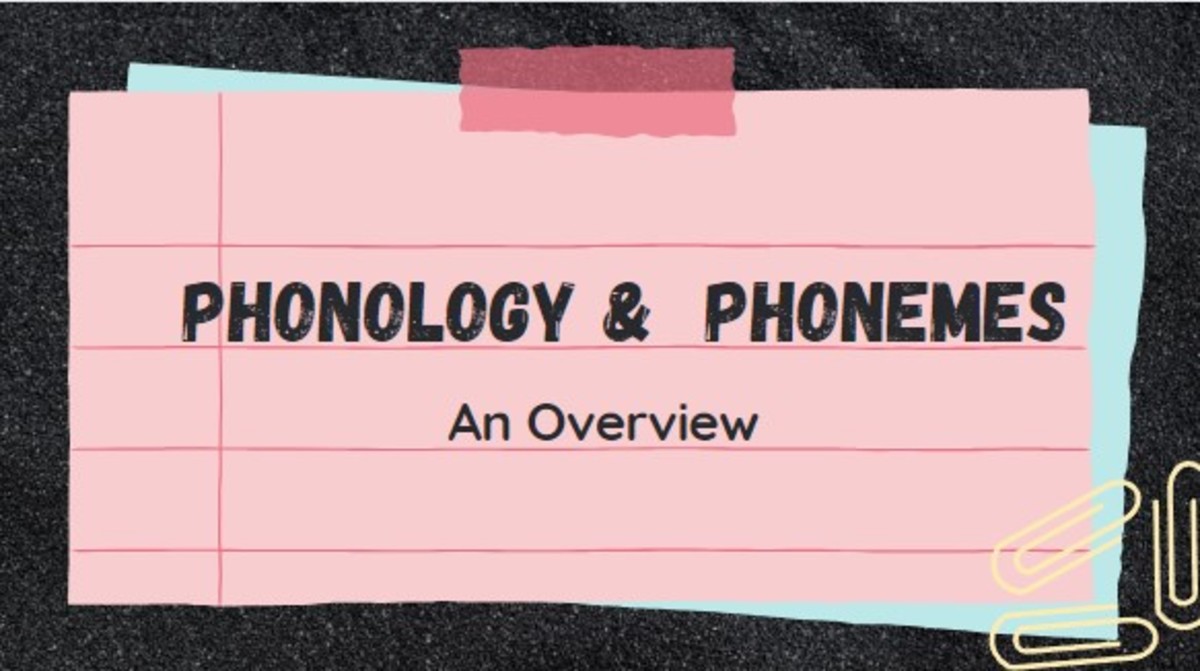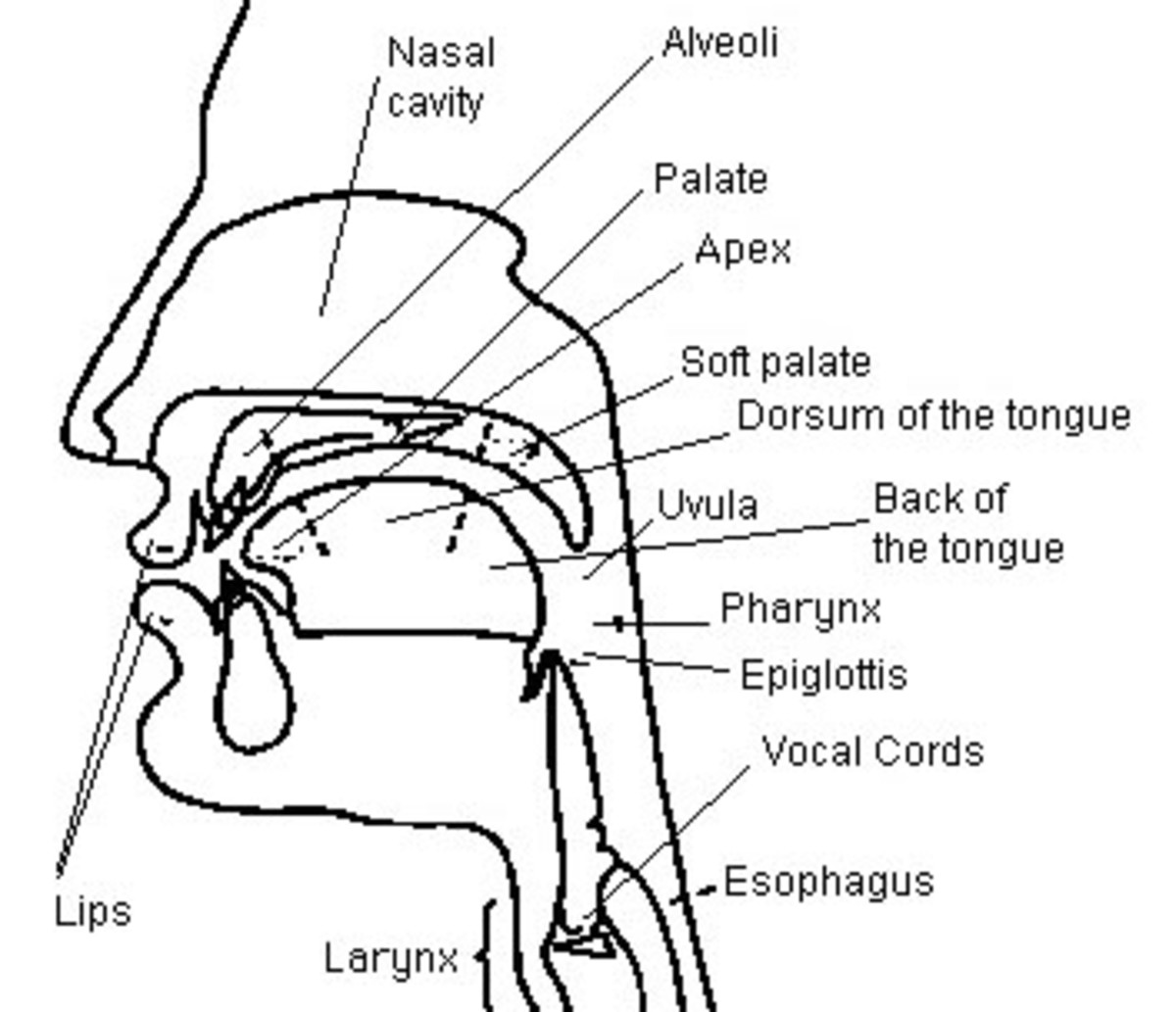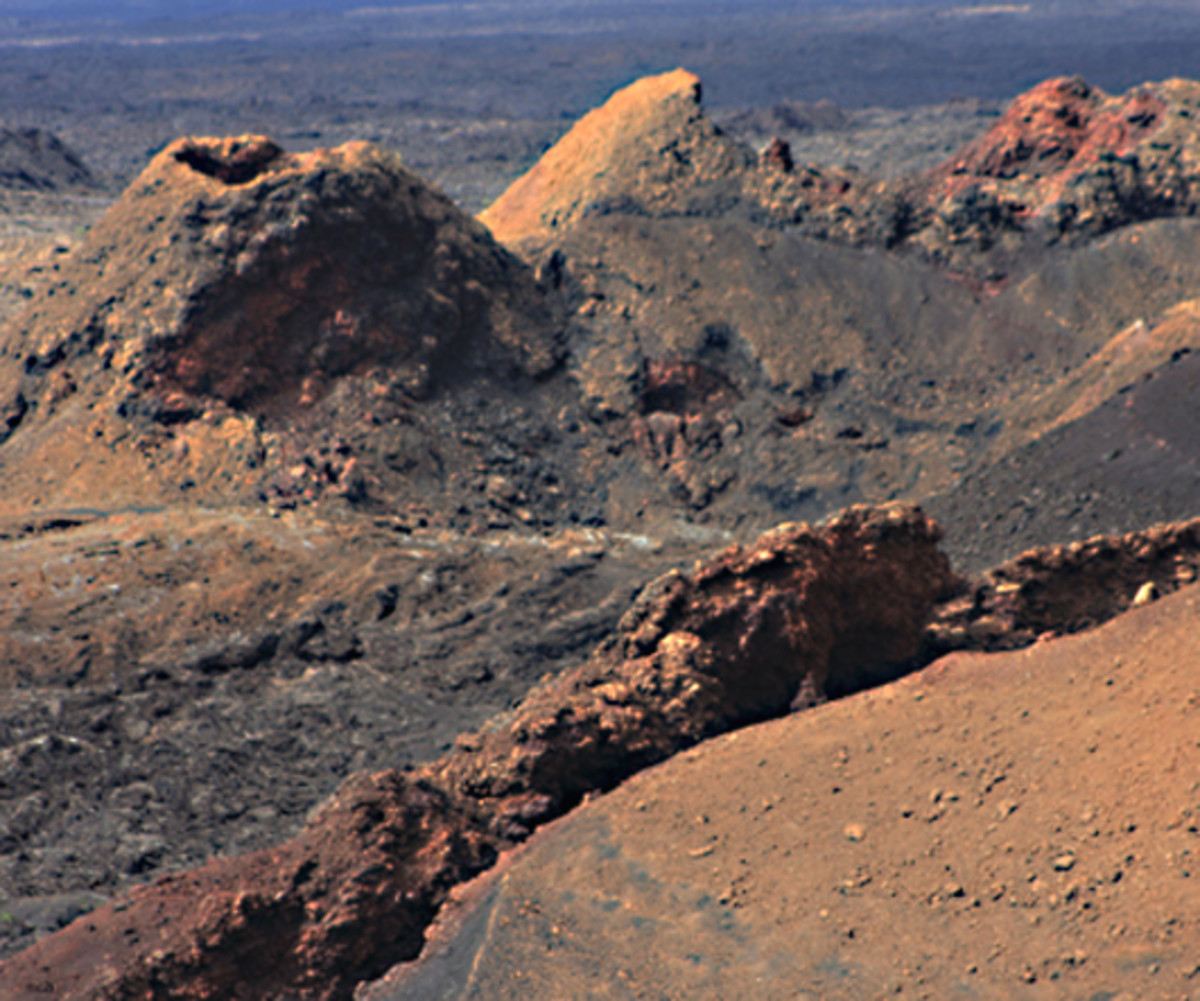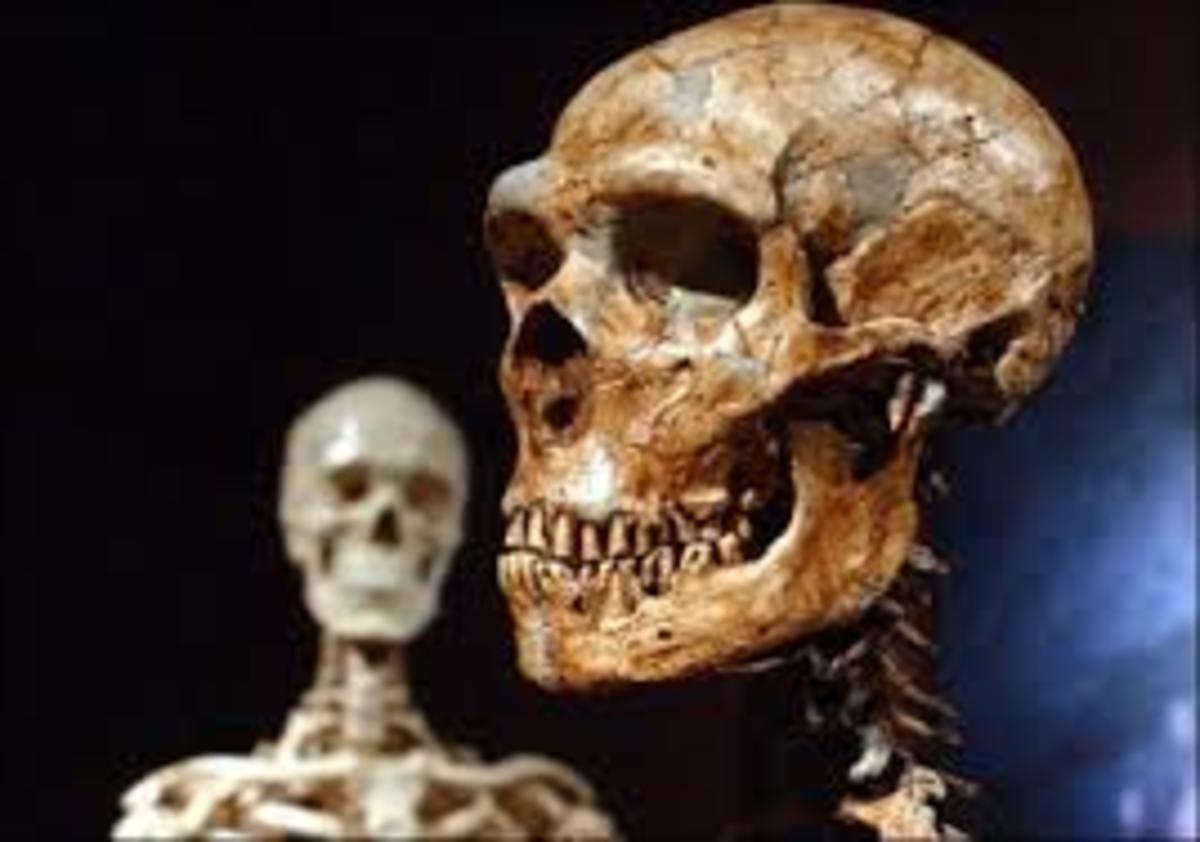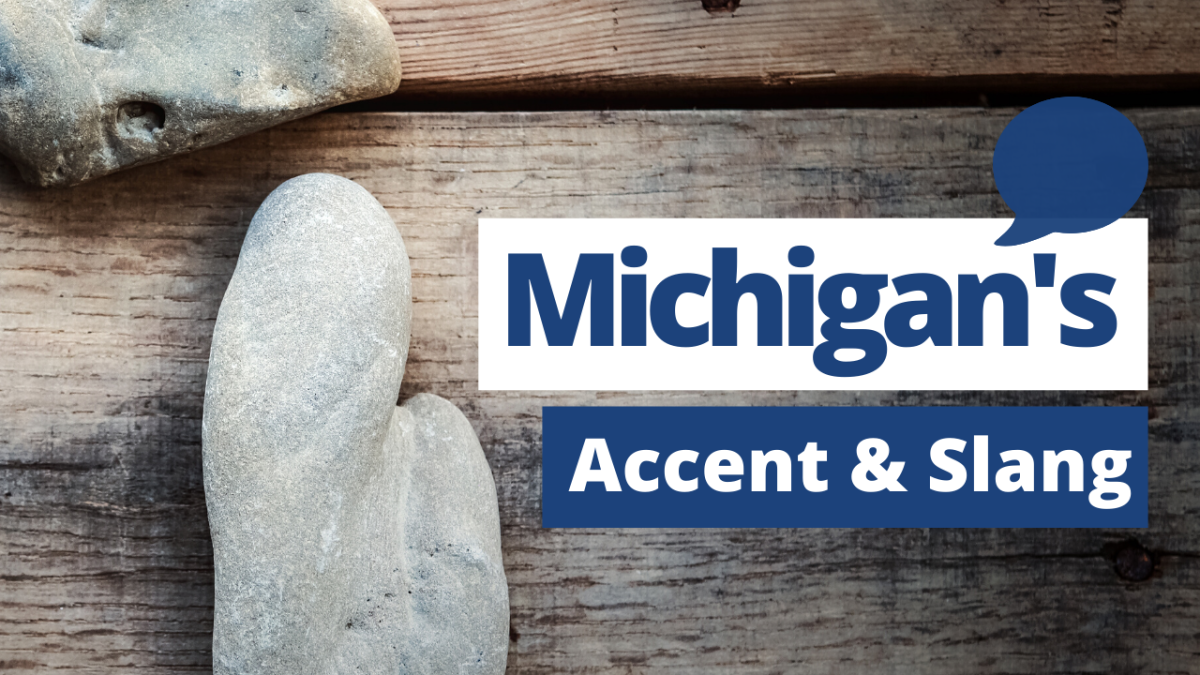Learning the language
Origin of speech
How did we first get language? What was the Origin of our speech? When did we start to speak to each other instead of grunting, and I don't mean on a Sunday morning after a heavy night on the booze. At some stage in the development of the human race we must have learned how to form words.
To study the origins of language one scientist decided to study the brains of our ancestors. The Natural History Museum in London hold a selection of brain casts dating back three million years.
Brain sizes of the skulls on display are hugely different in size. The oldest, about 3 million years ago is the size of a present day chimpanzee. The next in size Homo Erectus lived about 1.8 million years ago and is nearly twice the size of the earlier one. Then came the Neanderthal at about 350,000 years ago, which shows a brain size even greater than Homo Erectus. The fourth skull, the one attributed to modern man dates from about 90,000 years ago and is clearly bigger than the earlier one.
Did we begin to speak when the brain increased in size relative to the body size? And if so when?Probably when tools were starting to be made with one person teaching another how to make axes, knives etc. So instead of just demonstrating how to make a tool, the teacher began to form words to illustrate the process. One tool on display at the museum, a hand axe of very complex design, dates back to the time of Homo Erectus. Now we know that the part of the brain that translates thought into speech is known as The Brocus Area. Studying the casts made of the brains shows that it is thought that the beginnings of the Brocus area started in the skull of Homo Erectus. As to which part of this period we started speaking in is unclear and opinions vary but our scientist was told that the probability of speech developing, was towards the end of the Homo Erectus period, about a million years ago. From this we can surmise that Neanderthals were capable of talking to each other.
The Brocus area of the brain was demonstrated to our scientist by a professor at the London University. He showed that when the brocus area is interrupted by an electromagnetic influence, speech becomes garbled. As he counted down from 40, a probe was placed on the exact spot on his left temple where the brocus area is situated, and the interference caused him to stammer over the numbers.
Learning to speak
Discovery of hyoid bone in a cave in Israel, dated back to the Neanderthal period. The hyoid is a small bone which connects the muscles of the tongue and the larynx, holding the voice box . The bone was not found in earlier humans. The bone that was found was identical to the bone found in modern humans. The construction of outer and middle ear from neanderthals found in Spain suggests that they had the capability of hearing many different sounds, similar to modern man. The Hypoglossal canal carries the hypoglossal nerve which controls the muscles of the tongue. The size of the canal in neanderthals, the same size as that in humans, shows that they were able to form speech, but probably not in a form that we would recognise. They were in the early stages of learning to speak.
So that is when speech was first used, and I can guess that I sound something like the neanderthal speech when I've had a few too many. Isn't it funny, but the guys I'm drinking with can understand me perfectly.


